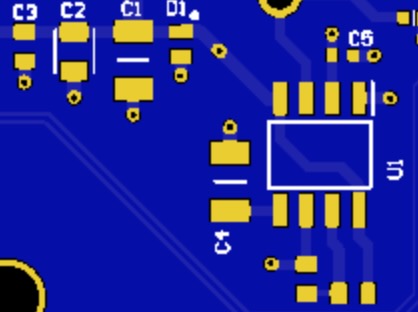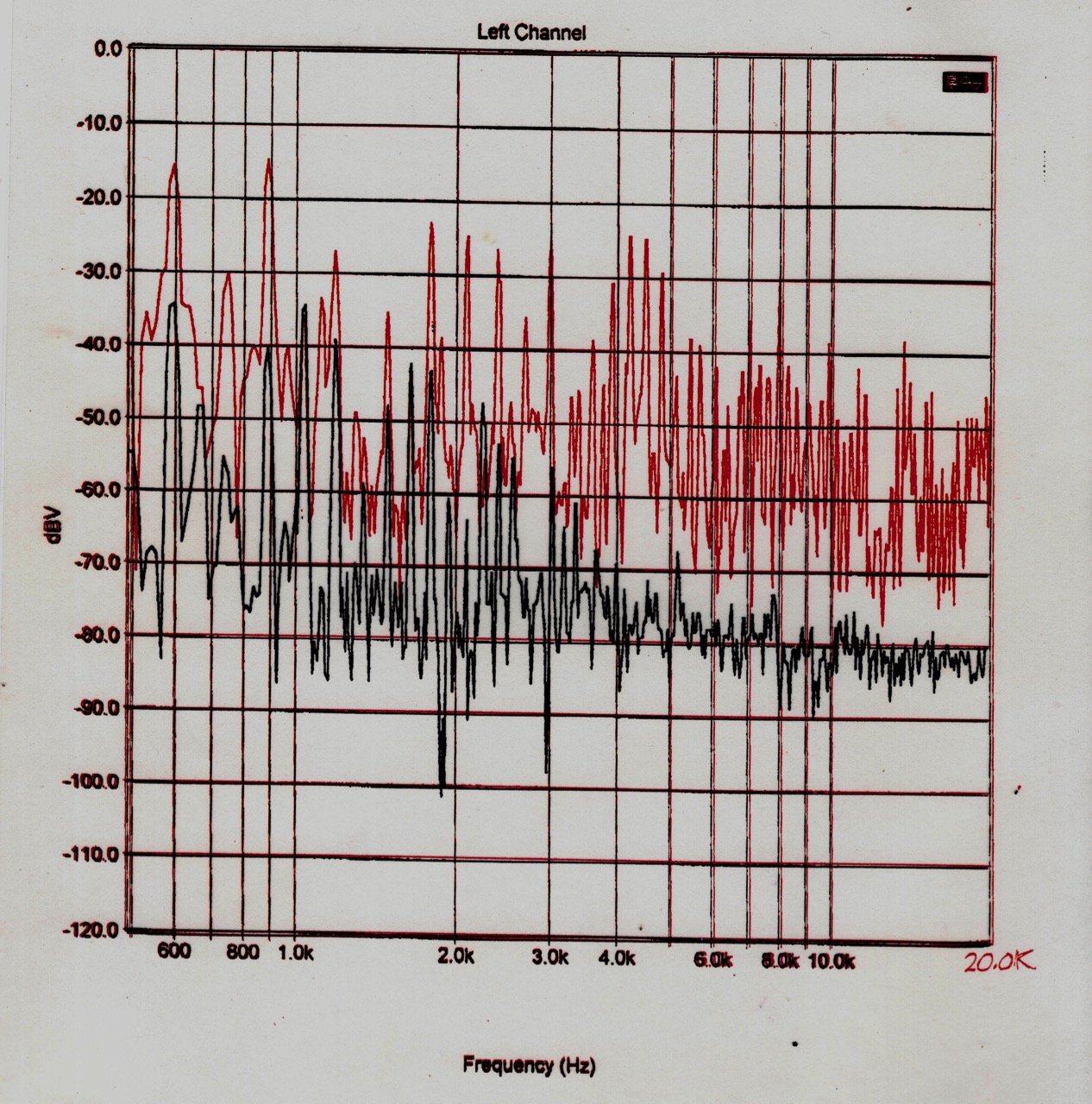Exact Measurement? For Innovation, and Progress
A coherence-based Noise Reduction System, approaches a time-independent reference, or exact standard, for the measurement of time. Download summary of scientific research here.
Metaverse; Re-structuring
With The Flip Of A Switch

Areas of Application of Coherence Technology Pdf download here: https://www.upgradingtechnology.com/support-files/areasofapplication.pdf
Start with an ordinary Metaverse, and then increase the underlying coherence. And here's what you'll get--more exact measurement:
- Increased accuracy and precision together for the signal
- Increased phase coherence for the system
- Increased dynamic stability for networks, and networks within networks
A more true-to-life experience for the end-user:
- Increased EEG brain coherence
- Improved task performance,
- Greater coordination and cooperation in groups
- Reduced fatigue and stress
- And much much more...
The above improvements can be easily achieved by reducing measurement uncertainty. A reduction in measurement uncertainty will address the most pressing challenges faced by the developers of augmented and virtual reality. These challenges include, but are not limited to, the following:
- Object presence in augmented reality,
- Perceptual and neuroscience issues,
- cognitive load,
- quality of experience,
Entering The Exciting New Metaverse

Why not take the time to solve the unintended consequences and potential problems of the Metaverse, before they arise.
Entering the Metaverse, will enable us to do things more easily, quickly, effectively, and efficiently than in the brick and mortar world...
It could be a place where everyone wants to be, where our worldly problems are solved, ...or not. It could just as easily be a place no one wants to be. Where end-users experience distortion, and noise, and report nausea, addiction, fatigue, stress, and eyestrain.
Brain Coherence And The Metaverse
Our best experiences depend upon the coherent functioning of our brain. On entering the Metaverse, If our EEG brain coherence automatically increases, and we perceive the finest details of the hidden beauty of the natural laws which structure what we are seeing, hearing, touching, tasting, smelling, then we will surely be in paradise. In the real world, let's say we are walking through the forest in springtime, how do the sounds, colors, fragrances, and gentle breezes come about to produce a pleasant, life-supporting experience? How will we replicate such experiences to structure the amazing Metaverse we are envisioning?
The Structuring Dynamics Of Natural Systems
The only practical way to structure such a Heavenly Metaverse as the one we are envisioning, will be by accessing the same organizing power found in the structuring dynamics of natural systems. According to modern scientists these hidden structuring dynamics are embedded in what is referred to as the unified field of natural law, and are available at every point in the universe.
Because these structuring dynamics are available at every point, we should be able to equip any system, even our modern man-made electronic systems, with the same self-organizing power found in natural systems. And this one ability will enable us to create on a practical level, a truly cosmic Metaverse, where everything is possible, and every problem has a precise and perfect solution.
Missing Piece To The Metaverse Puzzle
The only missing piece to the whole Metaverse puzzle is how to access this self-organizing power. Scientists already know that accessing smaller scales of time, reduces measurement uncertainty, and makes available greater order and self-organizing power.
And we see how that self-organizing power beneficially affects every level of the individual, society, and the environment.
When the structuring dynamics and self-organizing power of nature are available everywhere, what keeps us from easily accessing those same dynamics in our technological systems?
Increase Self-Organizing Power By Reducing Noise
Communications engineering is about signal-to-noise ratio. The following test indicates the value of a coherence-based noise reduction system.
Signal to Noise (FFT) and audio signal performance
The test was conducted using Sound Technologies Spectra Plus (Fast Fourier Transform Spectral Measurement software system.)
Reference - 4,096 FFT plot points
Accuracy of plots - 0.02
Analog to digital converter - 44.1 KHz sampling rate Sound card - 16 bit sampling
Computer - PC 486
CD Player - Optimus 7200 (left channel)
Sound check - Mobil Fidelity CD (acoustic guitar) Sample duration 1.33 seconds
The sound testing equipment measured the output of the CD player.
The test was repeated two times: once with the acoustic guitar with a coherence-based noise reduction prototype disconnected. Then once with the acoustic guitar with the coherence-based noise reduction prototype connected inline between the audio source and the test equipment.
When the coherence-based NRS prototype unit was connected the results indicate:
• a significant increase in signal to noise ratio in the time domain of the envelope of the audio signal.
• more detailed information,
• greater dynamic range,
• the audio signal stays within the audible range.
• signal shows more; clarity, intelligibility, and fullness of sound.
The red line in the graph below is the signal with the coherence-based noise reduction prototype connected. The black line in the graph is the signal with the coherence-based prototype disconnected.

In order to access the hidden structuring dynamics, and self-organizing power in our modern technological systems, we only need to do one thing. We use a noise reduction approach, which reduces impedance and measurement uncertainty. And this we do to a degree that those previously hidden structuring dynamics are uncovered and made available to increase the self-organizing power of the system.
When we increase the self-organizing power of the system, through this noise reduction approach, we automatically increase accuracy and precision together for the signal, phase coherence for the system, and dynamic stability for the network. The practical results can be seen in the scientific research which has been done so far on this coherence-based noise reduction approach See Research here. What remains is simply to apply this knowledge to the Metaverse.
Applying The Structuring Dynamics of Nature To Modern Technologies
With this knowledge of how to use the inherent structuring dynamics of nature, we can build a Metaverse where everyone will enjoy the benefits of living, playing, and working in a coherent world. Such an uplifting environment, which is true to nature, truly sustainable, and truly friendly to end-users, society, and the world as a whole, will be a unified field-based Metaverse which will surpass the current concept of living in a modern paradise. And it can be done today, with the flip of a switch.